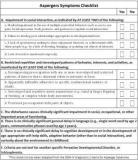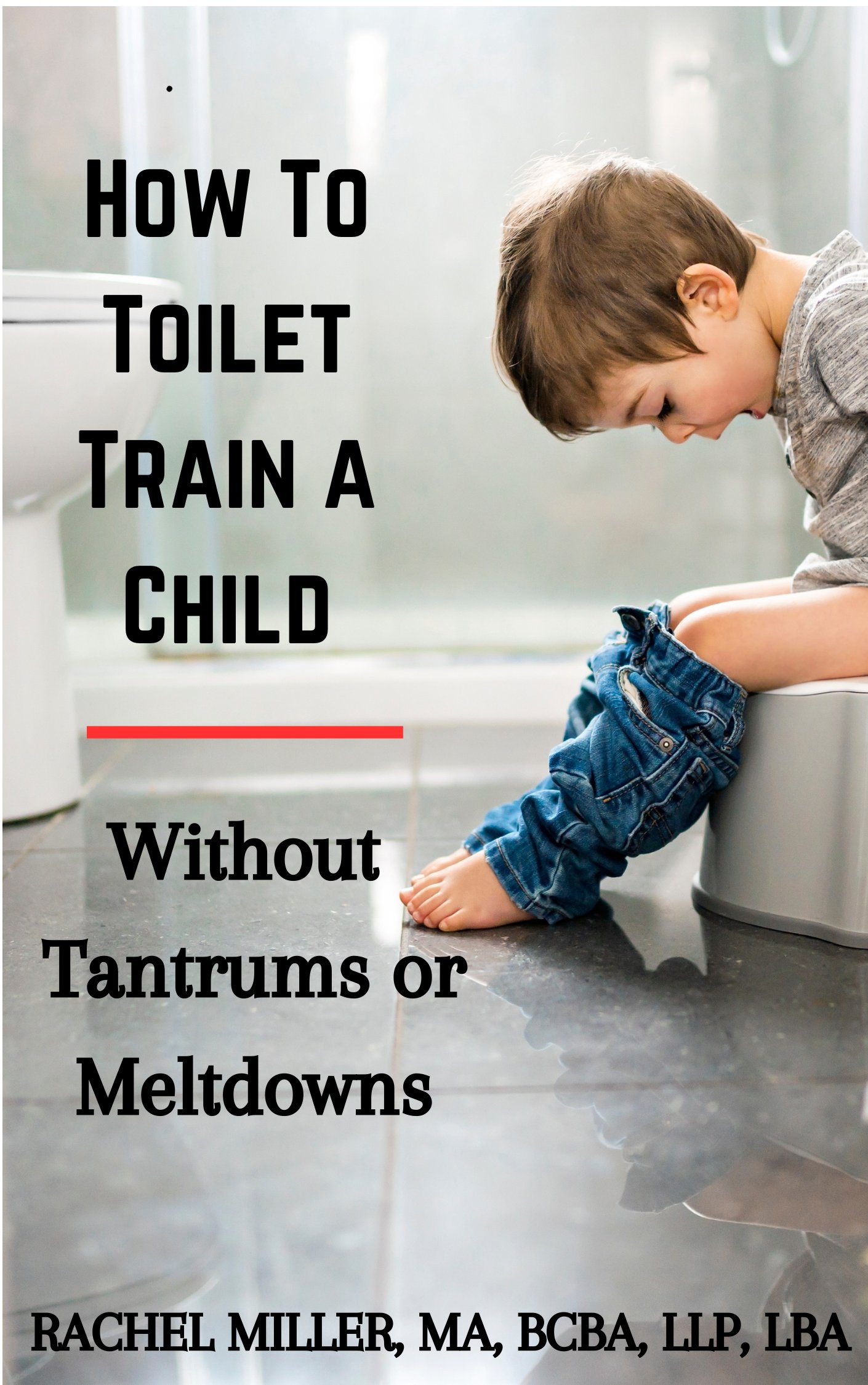Aspergers Symptoms and Treatments
Download a free printable checklist with aspergers symptoms, such as inability to interpret nonverbal behavior, to help determine if your child may need further evaluation. You may have thought for a while that something just wasn’t right. The persistent need for things to be a certain way, the difficulties in relating to other children or demanding that rules be strictly followed may have caused these speculations. Communication skills may be more advanced, but if your child is having a hard time waiting, accepting no, or transitioning to a new activity, there may be something else going on.

With otherwise normal toddler speech development and interest in his/her surroundings, the idea of your child having symptoms of mild autism may have never crossed your mind.
However, when trying to identify autism behaviors or aspergers symptoms, early detection can make the biggest difference in treatment outcome. Unfortunately, some children are as old as 8 or 9 years old before it is recognized and diagnosed because it’s not as obvious as the child that lives completely in his own world that is on the spectrum. At this time, all forms of autism will now simply be diagnosed as autism spectrum disorder, but I think it's important to note the differences to help with better detection of this diagnosis.
If you are worried about your own child, I would start by downloading the free printable aspergers symptoms checklist as defined by the Diagnostic and Statistical Manual of Mental Disorders (Fourth Edition) -DSM-IV. Then, use the following list of more specific behaviors to help determine if your child has any of the indicated signs.
Also, be sure to check out symptoms for a sensory disorder as they are listed below. This can occur alone or with high functioning autism symptomsand asperger syndrome behavior.
Originally, when we realized something wasn’t quite right with our son, we thought he may possibly have symptoms of aspergers syndrome. However, after having him evaluated it appears that his issues were related to an underlying sensory processing disorder, which can often appear similar in nature.
General Aspergers Symptoms:
1. Impairment in social-emotional skills:
2. Impaired motor skills
- Poor fine motor skills, as needed for hand writing, using food utensils, and coloring
- Poor gross motor skills, as needed to ride a bike, catch/kick a ball, or running without frequent falls
3. Symptoms of Sensory Processing Disorder along with other aspergers symptoms:
- Sensory Defensiveness
- Over-responsivity or under-responsivity to stimuli in the environment (e.g. avoids loud noises and crowded environments or fails to react to loud noises.)
- Tactile Defensiveness
- Tactile Dysfunction
- Auditory Dysfunction
4. Repetitive and Stereotypical Behavior:
- Preoccupation with restricted or stereotyped patterns of interest abnormal in focus or intensity is a common aspergers symptom, such as playing with toys in an odd manner by lining them up instead of engaging in pretend play or focusing on the spinning wheel of a toy car
- Difficulties with changes in routines and wanting to do things in a specific order every time
- Self-stimulatory behavior, such as hand flapping or frequently galloping/pacing around the house
Treatment for Aspergers Symptoms
Due to different levels of autism spectrum disorder that include aspergers symptoms, treatment will vary. The child may need typical treatments for autistic disorder, such as speech therapy, occupational therapy for children, sensory integration therapy and/or ABA autism therapy.
Other treatments may include social skills training, using a picture schedule to help establish a routine, using special transition strategies to help change activities, compliance strategies for defiant children, and/or receiving services from a behaviorist in order to develop interventions for specific autism behaviors.
You may also find the free printable behavior charts beneficial for focusing on a specific child behavioral problem and symptoms as well as the proactive strategies outlined in my ebook.
If you haven't already, be sure to check out my ebooks, now on Amazon!
References
1. American Psychiatric Association. (2000). Pervasive developmental disorders. In Diagnostic and statistical manual of mental disorders (Fourth edition---text revision (DSM-IV-TR). Washington, DC: American Psychiatric Association,70-75.
2. Gabbert, C (2010). Asperger's Checklist: The Signs and Symptoms of Asperger Disorder. www.brighthub.com. 9/23/10.


